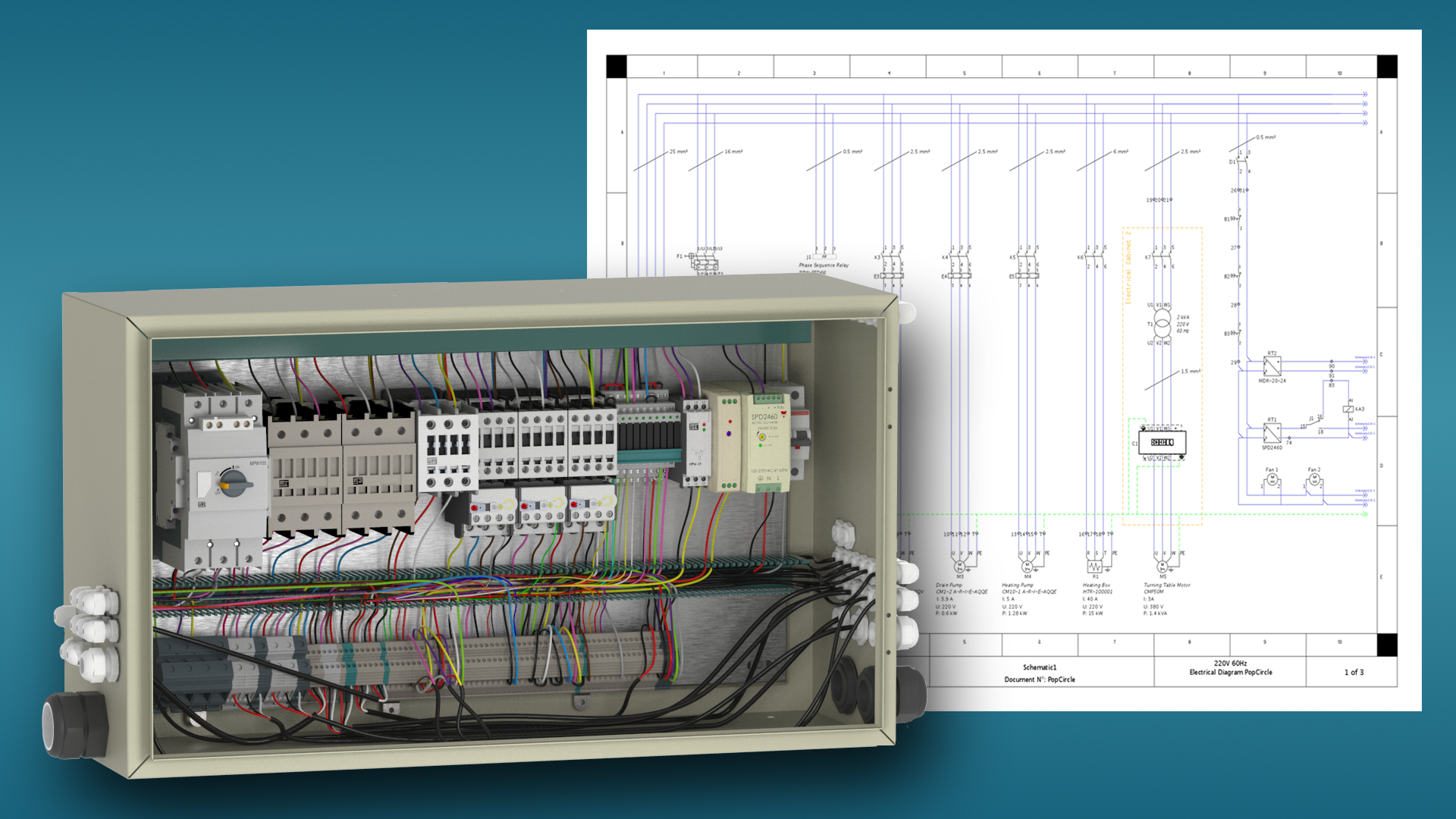Access Accurate Electrical Load Calculation Services for Your Project
Access Accurate Electrical Load Calculation Services for Your Project
Blog Article
Cutting-edge Electric Design Providers for Modern Framework
As city settings expand increasingly intricate, incorporating modern technologies such as wise grids and eco-friendly power sources becomes extremely important. These improvements not only guarantee to maximize energy consumption but also foster durability versus future demands.
Relevance of Ingenious Electrical Design
Innovative electric design plays an important duty in modern facilities, affecting not only performance but additionally sustainability. As cities develop and the need for energy boosts, the need for sophisticated electric systems comes to be critical. These systems must not only meet existing needs however likewise prepare for future growth and technical advancements.
A well-executed electric design can substantially lower energy usage, thereby reducing functional prices and decreasing environmental influence. By integrating renewable energy resources, such as solar panels and wind generators, cutting-edge designs can improve energy independence and strength. Furthermore, smart grid modern technologies permit real-time monitoring and administration of power circulation, maximizing performance and decreasing waste.
Security is an additional crucial element of electric design. Executing advanced technologies and rigorous requirements can minimize threats related to electric failures, making certain a secure environment for companies and citizens alike. In addition, innovative designs facilitate versatility, enabling facilities to integrate arising modern technologies perfectly.
Key Fads in Electrical Design
As the landscape of electric design remains to develop, numerous key trends are forming the future of the sector. One substantial trend is the integration of wise technology into electrical systems. The expansion of the Web of Points (IoT) has actually allowed real-time tracking and control of electric gadgets, improving performance and facilitating predictive upkeep.
An additional fad is the expanding focus on modular design. This approach permits scalable and adaptable remedies, allowing infrastructure to adapt to changing demands without extensive remodellings. Additionally, making use of advanced simulation devices and Building Details Modeling (BIM) is becoming increasingly widespread, improving the design process and improving cooperation amongst stakeholders.
In addition, innovations in materials science are causing the development of lighter, extra sturdy, and energy-efficient components. This technology is especially vital for high-performance buildings and framework jobs.
Lastly, there is a marked change towards data-driven decision-making - residential electrical design. Leveraging information analytics assists developers enhance systems for performance and cost-effectiveness. With each other, these patterns indicate a transformative age in electric design, enhancing performance, sustainability, and resilience in modern facilities
Lasting Power Solutions
Lasting energy options are increasingly becoming an important emphasis in electric design, mirroring a broader commitment to ecological obligation and source performance. These options aim to decrease ecological influence while enhancing power intake in various frameworks, from domestic structures to huge business facilities.
Among the primary approaches entails the combination of renewable resource sources, such as solar panels and wind turbines, into electrical systems. This not only decreases dependency on nonrenewable fuel sources but likewise boosts power resilience. Additionally, ingenious energy storage systems, such as advanced batteries, make it possible for effective administration and distribution of energy, ensuring that surplus energy generated throughout peak production can be utilized during high need durations.
In addition, energy-efficient design practices are being embraced to improve overall system performance. This includes using energy-efficient lighting, HVAC systems, and wise building technologies that adapt and monitor power usage based on occupancy and ecological conditions.
Smart Grid Technologies
The execution of lasting power services normally brings about the exploration of clever grid technologies, which play a crucial function in modernizing electrical systems. Smart grids leverage progressed interaction technologies and information analytics to enhance the integrity, performance, and sustainability of electrical power circulation. By integrating digital innovation with traditional grid facilities, these systems assist in real-time surveillance, automated control, and enhanced decision-making capacities.
One of the essential functions of clever grids is their capability to fit renewable power resources, such as solar and wind power. This versatility not only minimizes dependency on nonrenewable fuel sources but likewise enables an extra decentralized power production version. Wise grids enable need reaction programs, where customers can adjust their energy usage based on real-time prices, therefore advertising power preservation and reducing peak tons demands.
In addition, smart grid innovations improve grid resilience by allowing quicker identification and resolution of blackouts, eventually decreasing downtime. With anticipating upkeep and Get More Information analytics, energies can enhance operations and enhance service delivery. As cities and areas remain to develop, wise grid technologies are crucial for constructing a reliable and lasting electrical infrastructure that satisfies the demands of modern culture.

Future-Proofing Infrastructure
To guarantee long-lasting feasibility and adaptability, future-proofing framework is essential in the rapidly evolving landscape of electric design services. As technology advancements and power needs shift, it is vital that electrical systems are created with versatility in mind. This involves including scalable services that can accommodate future upgrades without necessitating extensive overhauls.

Furthermore, sustainability should be a keystone of future-proofed designs. Making use of renewable resource resources, such as solar and wind, and enhancing energy effectiveness decrease dependence on nonrenewable fuel sources, straightening with international efforts to fight environment change.
Conclusion
By focusing on adaptability, performance, and sustainability, these solutions attend to the evolving demands of energy systems. The integration of clever grid modern technologies and sustainable energy solutions boosts strength and minimizes functional costs.
A well-executed electric design can substantially decrease power intake, consequently reducing operational prices and minimizing ecological impact. By incorporating renewable energy sources, such as solar panels and wind turbines, ingenious designs can improve power independence and resilience. Furthermore, innovative energy storage space systems, such as sophisticated batteries, make it possible for efficient monitoring and circulation of power, guaranteeing that surplus power created i was reading this throughout top production can be utilized during high demand periods.
Wise grids make it possible for need reaction programs, where consumers can change their power usage based on real-time pricing, therefore promoting power conservation and lowering peak tons needs. (industrial electrical design)
As technology developments and energy needs shift, it is critical that electrical systems are designed with flexibility in view website mind.
Report this page